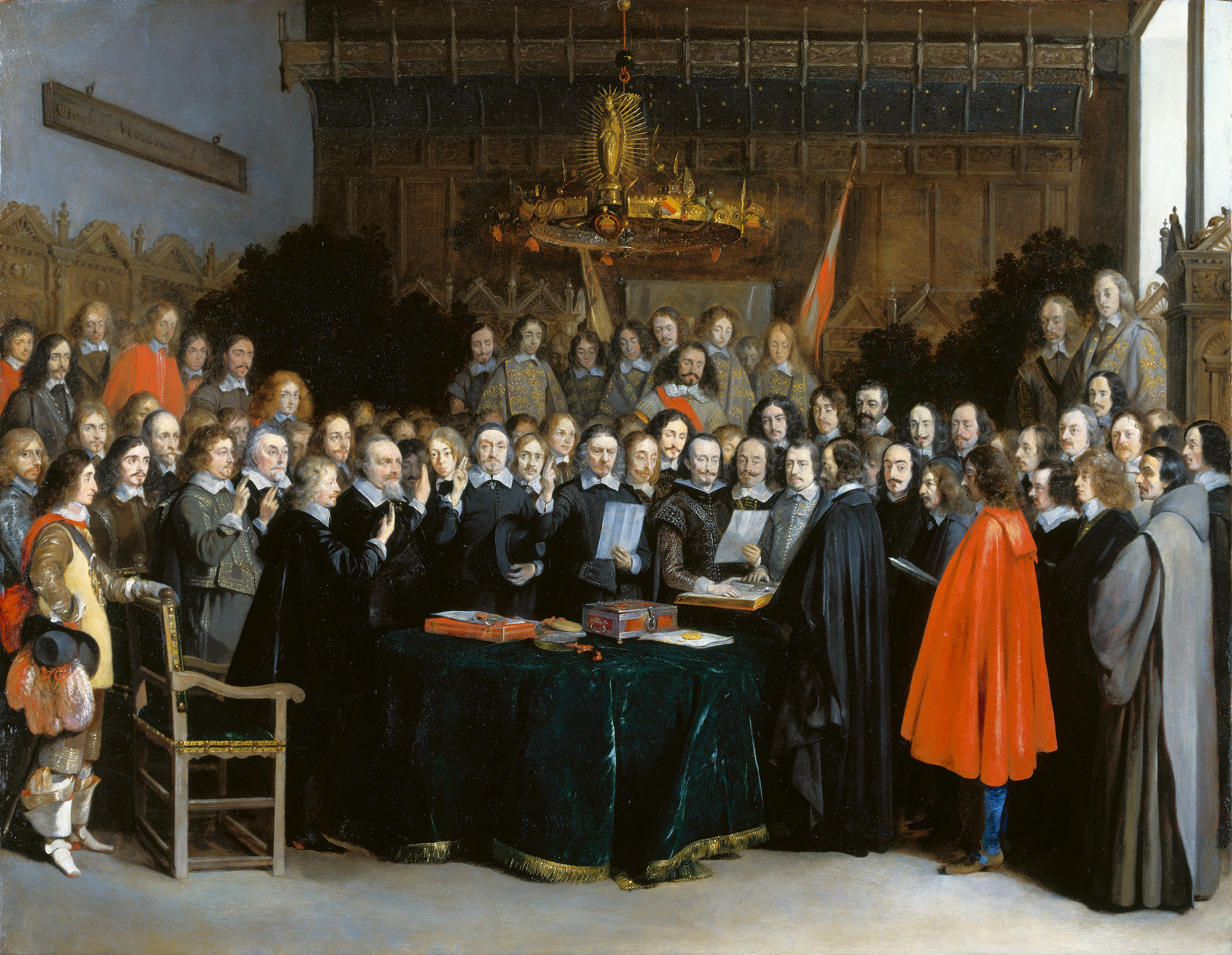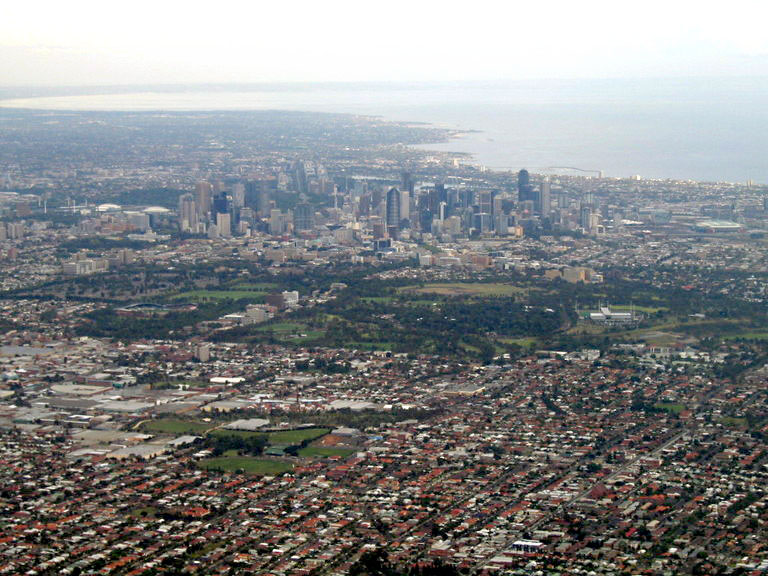With the partial exception of Antarctica and some parts of the high seas, almost every portion of the Earth’s surface is divided up into territory. It’s under the control of a nation state that claims exclusive control within that territory of what happens in that area, what the people in that area do, where they pay their taxes and so on. So, there are a number of instances where a boundary really matters. Do you pay your taxes in France or in Switzerland, depending on where you live, depending on where you work?
These kinds of questions are very important today. Territorial disputes, boundary disputes between States still continue. Whether we’re looking at the civil war in Syria, or the situation of Ukraine in relation to Russia, or who owns bits of the sea in order to license an oil company to drill for oil in those places, territory really matters today.


